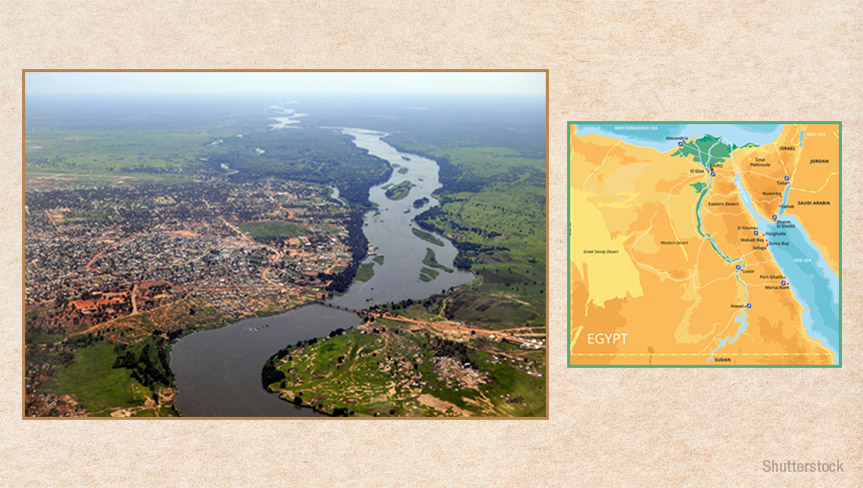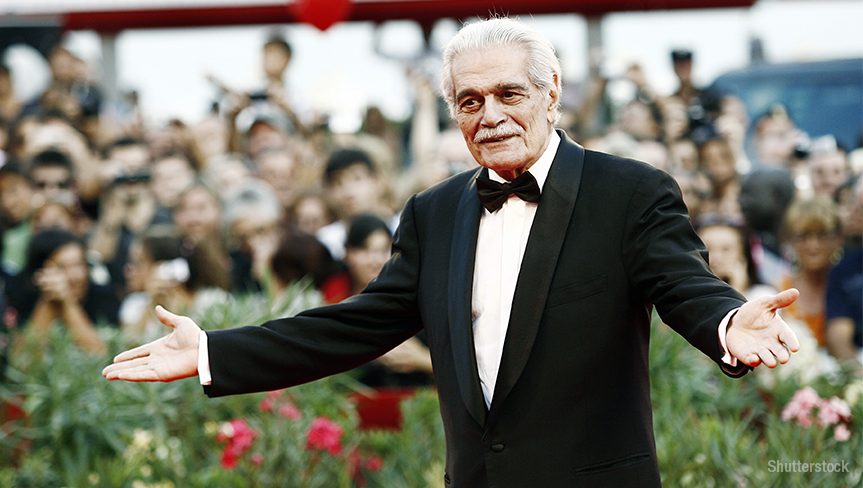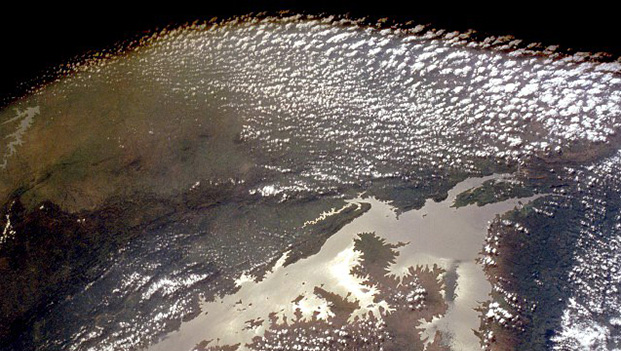23rd September 2016
From ‘qutun’ to cotton: The journey
Cotton gets its name from the Arabic word ‘qutun’, which means fine textile or fabric. Archaeologists have found samples of cotton fabric, as old as 7000 years, at the sites of ancient civilizations, such as Mohenjo Daro, Egypt, and Mexico. Nonetheless, it is difficult to determine the exact period or place when cotton was first used for fabric. Around 2500 BC, Indus Valley civilization had begun cultivating cotton. The oldest cotton balls, discovered in Mexican caves, date back to 5500 BC. Cotton cloths have also been found in graves at ancient burial sites during certain excavations.




